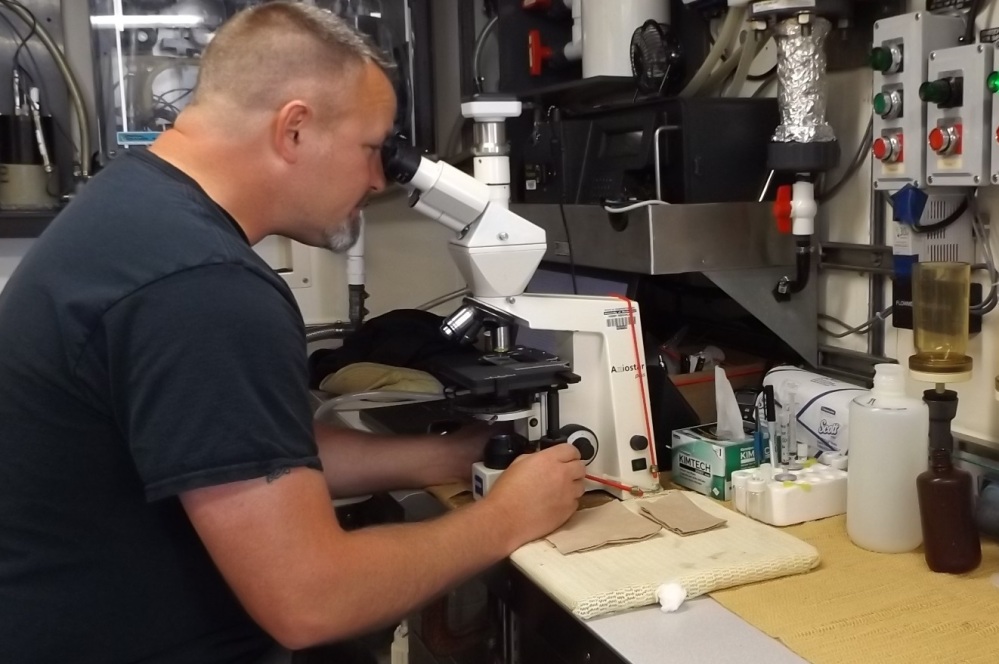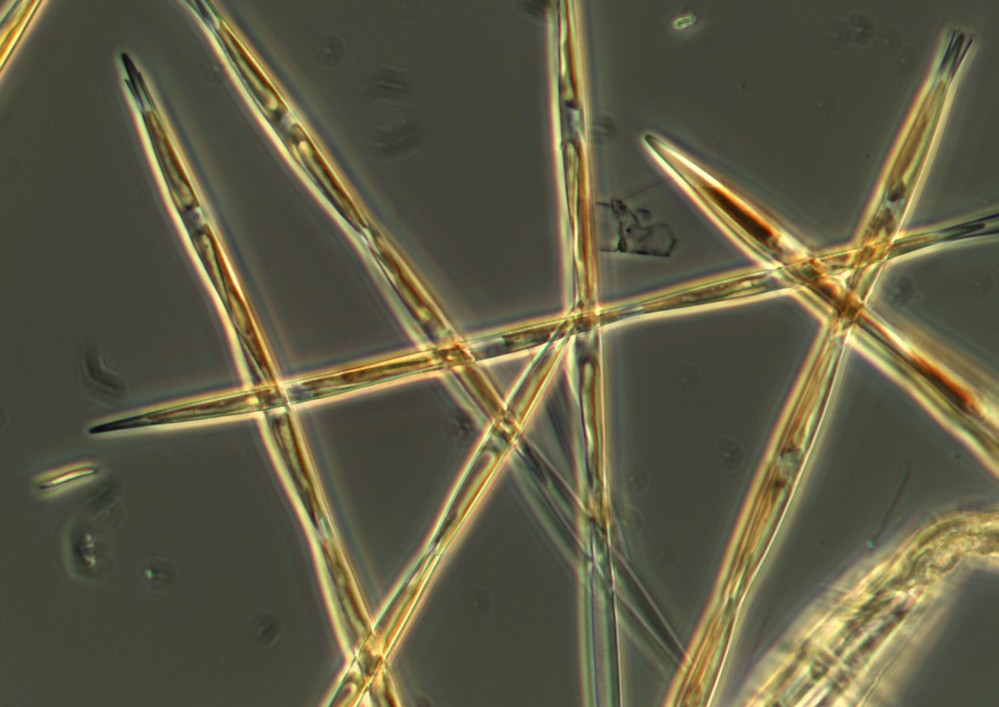SEATTLE — A vast bloom of toxic algae off the West Coast is denser, more widespread and deeper than scientists feared even weeks ago, according to surveyors aboard a National Oceanic and Atmospheric Administration research vessel.
This coastal ribbon of microscopic algae, up to 40 miles wide and 650 feet deep in places, is flourishing amid unusually warm Pacific Ocean temperatures. It now stretches from at least California to Alaska and has shut down lucrative fisheries. Shellfish managers on Tuesday doubled the area off Washington’s coast that is closed to Dungeness crab fishing, after finding elevated levels of marine toxins in tested crab meat.
So-called “red tides” are cyclical and have happened many times before, but ocean researchers say this one is much larger and persisting much longer, with higher levels of neurotoxins bringing severe consequences for the Pacific seafood industry, coastal tourism and marine ecosystems.
Dan Ayres, coastal shellfish manager for the Washington Department of Fish and Wildlife, said the area now closed to crab fishing includes more than half the state’s 157-mile-long coast, and likely will bring a premature end to this year’s crab season.
“We think it’s just sitting and lingering out there,” said Anthony Odell, a University of Washington research analyst who is part of a NOAA-led team surveying the harmful algae bloom, which was first detected in May.
The survey data should provide a clearer picture of what is causing the bloom which is brownish in color, unlike the blue and green algae found in polluted freshwater lakes. Marine detectives already have a suspect: a large patch of water running as much as 3 degrees centigrade warmer than normal in the northeast Pacific Ocean, nicknamed “the blob.”
“The question on everyone’s mind is whether this is related to global climate change. The simple answer is that it could be, but at this point it’s hard to separate the variations in these cycles,” said Donald Boesch, professor of marine science at the University of Maryland who is not involved in the survey. “Maybe the cycles are more extreme in the changing climate.”
“There’s no question that we’re seeing more algal blooms more often, in more places, when they do occur, they’re lasting longer and often over greater geographical areas. We’re seeing more events than documented decades ago,” said Pat Glibert, professor at Horn Point Laboratory, University of Maryland.
Odell recently completed the first leg of the survey, mostly in California waters. On Wednesday, researchers plan to monitor between Newport, Oregon, and Seattle. The vessel will then go to Vancouver Island, wrapping up in September. Another ship is taking samples off Alaska.
The brownish bloom was particularly thick off the coast of Santa Barbara, California, and Odell said it was unusually dominated by one type of algae called Pseudo-nitzschia.
“It’s an indication of an imbalance,” said Vera Trainer, a research oceanographer with the Northwest Fisheries Science Center in Seattle.
Trainer said this bloom is the worst she’s seen in 20 years of studying them.
Send questions/comments to the editors.




Success. Please wait for the page to reload. If the page does not reload within 5 seconds, please refresh the page.
Enter your email and password to access comments.
Hi, to comment on stories you must . This profile is in addition to your subscription and website login.
Already have a commenting profile? .
Invalid username/password.
Please check your email to confirm and complete your registration.
Only subscribers are eligible to post comments. Please subscribe or login first for digital access. Here’s why.
Use the form below to reset your password. When you've submitted your account email, we will send an email with a reset code.